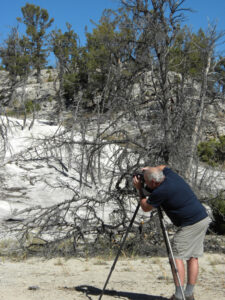 Do you use your viewfinder or LCD screen when working in the field to compose your shots? If you put your eye up to the viewfinder to view your composition before pressing the shutter button, you will have one type of experience. If instead you look to your LCD screen on the back of your camera to compose your image, you will have a different type photographic experience. I don’t want to tell you which one is “best” or “right”….no, wait…I will. 🙂 I am a firm believer that using the viewfinder is a much better method for composing your images and I’ll explain my thinking below. Of course, there are times when you simply can’t get your eye up to the viewfinder and in those cases, by all means, use the LCD screen. But for the majority of the time, I will say that using the viewfinder is a much better method for composing your images and will result in better finished images.
Do you use your viewfinder or LCD screen when working in the field to compose your shots? If you put your eye up to the viewfinder to view your composition before pressing the shutter button, you will have one type of experience. If instead you look to your LCD screen on the back of your camera to compose your image, you will have a different type photographic experience. I don’t want to tell you which one is “best” or “right”….no, wait…I will. 🙂 I am a firm believer that using the viewfinder is a much better method for composing your images and I’ll explain my thinking below. Of course, there are times when you simply can’t get your eye up to the viewfinder and in those cases, by all means, use the LCD screen. But for the majority of the time, I will say that using the viewfinder is a much better method for composing your images and will result in better finished images.
When thinking about the difference between the viewfinder or LCD, there are a few practical reasons why I encourage folks to use the viewfinder. These items are merely things that folks need to think about and remember as they make a choice in the field.
Coverage
Most DSLR viewfinders show 90-100% of the scene that will be captured on the sensor. Their LCD screens typically show 100% of the image to be captured.  This deficit in the viewfinder has been a known issue for many years in lower priced cameras and it’s just a byproduct of bouncing the image inside of the camera, off of mirrors and then finally to your eye. The ability to have 100% viewfinder coverage in DSLRs is often found in the top-level pro or pro-sumer cameras due to increased cost and complexity required to have the optical image exactly mirror what is captured by the sensor.
This deficit in the viewfinder has been a known issue for many years in lower priced cameras and it’s just a byproduct of bouncing the image inside of the camera, off of mirrors and then finally to your eye. The ability to have 100% viewfinder coverage in DSLRs is often found in the top-level pro or pro-sumer cameras due to increased cost and complexity required to have the optical image exactly mirror what is captured by the sensor.
Mirrorless cameras show 100% coverage in both the viewfinder and the LCD screen. The camera uses the exact same information to display the image on either of the “screens”. Since the manufactures don’t have to line up prisms and mirrors in these cameras, it is much easier and cost effective to achieve 100% coverage of the scene in either the viewfinder or LCD screen.
So depending on what type of camera you have, you may want to be aware of this difference.
Stability
This part is only if you are handholding the camera, not using a tripod. Holding the camera up to your face with your eye against the eyecup will provide more stability than holding the camera away from your body to view the LCD screen. When shooting using the LCD screen, many people hold the camera out away from their body, at arms length. We as humans are not stable platforms and holding the camera out away from ourselves will result in camera movement. Of course if you have a fast enough shutter speed, that won’t matter that much. But it’s much easier to hold steady when it’s pressed to your eye. If you wear glasses, you can get eye cups that work better with glasses, or do what I do, remove my glasses and adjust the diopter for my vision when I look through viewfinder. If you’re not familiar with the diopter, it’s a small adjustment that can be made to the “focus” of the viewfinder to help correct for different vision. Take a look in your cameras instruction manual for how to adjust the diopter.
On another note of achieving the utmost stability and minimizing any camera shake, a lot of the new cameras have touch-sensitive LCD screens and you can operate the camera functions by pressing the LCD screen. Even if you are on a tripod, touching the LCD screen to actuate the camera shutter will introduce some camera shake to the image. I never have, and most likely never will, use my LCD screen as a way to operate my camera. One of the first things I do when I get a new body that has a touch-sensitive LCD screen is I go in to the menu system and turn it off! I don’t want to accidentally touch the screen and change settings when I’m handling the camera. During my workshops, I have more folks who have settings change on them and get something set inadvertently that they can’t figure out how to undo, all because of their touch-sensitive LCD screen.
Battery Life
Whether you use your viewfinder or LCD screen will have an affect on the camera battery life and how many shots you can take with each battery. If we are talking about a DSLR, the LCD screen is powered by the battery and the viewfinder is optical, meaning it shows you what the lens sees and does not require any power to operate. If you use a mirrorless camera, the viewfinder is a mini display panel and does require power to operate. So with a DSLR, there is a huge difference in power consumption between the viewfinder and LCD screen. With mirrorless, the difference isn’t quite as large, but it is still there. The LCD screen uses more energy than the viewfinder and will drain the batter quicker than using the viewfinder. So if you’re concerned about battery life, minimize the use of the LCD screen, or, set a time limit on playback of images or when the camera sleeps, to help maximize your battery life. The best way to not consume as much power, of course, is to use the viewfinder instead of the LCD 🙂
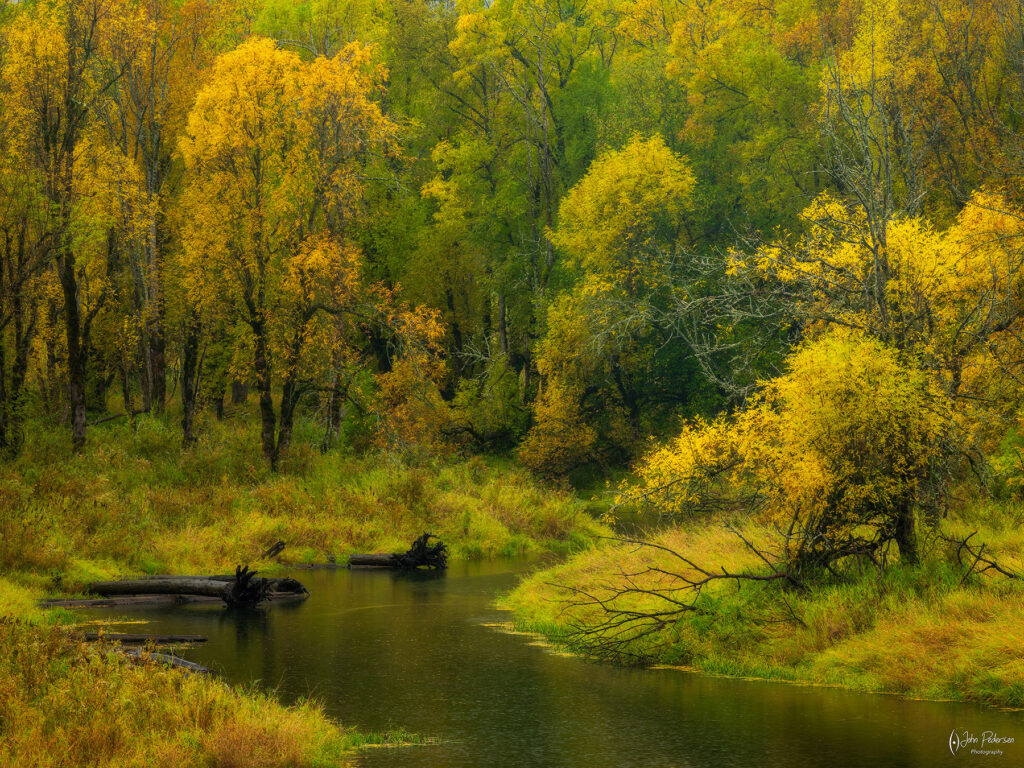
There are also more creative reasons which I find are more important to me for making my decisions on the viewfinder or LCD screen. These help me in the artistic sense to work to get my images as “right” as possible in camera and not rely on fixing things in post. To do my best work, I have to use the viewfinder. I simply cannot use the LCD screen. To me, and maybe I’m old, using the LCD screen is similar to using my phone camera….looking at an image that is a distance away from my eye and snapping away. I know that many folks do great work using the LCD, but to me, it still feels like I am taking snapshots and not crafting the image. So, the other reasons below are ones that I discuss with workshop folks to help them perhaps take their photography to the next level in terms of artistry and getting it “right” in camera.
Slowing Down
How can using the viewfinder or LCD impact the speed of my photography? Well, to put it simply, when people use the LCD, they often times handhold the camera and eschew the use of a tripod. If you are handholding the camera, you will not be able to compose, examine, reflect, adjust and complete the shot. The camera will be moving, you will slightly shift your body and the comp will change. So, many people just think “its good enough” and fire off a shot and hope to fix it in post.
You’ve heard me say many times before that a tripod will help you to slow down. I will add to that that using the viewfinder will help you slow down as well. By pressing your eye to the viewfinder eye cup while the camera is on a tripod, is a deliberate, conscious act and requires a shift in the brain to do and thereby will change the way and the time we take to examine the composition before we press the shutter button. In contrast, even if the camera is on a tripod, using the LCD screen doesn’t engage that conscious effort to “shift mental focus” to examining the image as closely because we are also taking in a lot of other peripheral information (see below) and we oftentimes glance at the LCD as we’re processing other information. Using the viewfinder, triggering that mental shift to examine the image fully, will give us more “time” and “mental space” to really examine the composition, explore every nuance of it, before pressing the shutter.
Glare
If you are shooting outside and using your LCD screen anytime during the morning through evening, I guarantee there will be glare on the 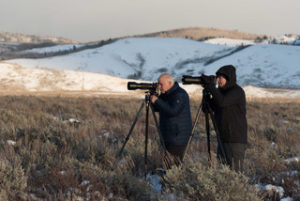 LCD screen that will prevent you from seeing all the detail in your composition. When using the LCD, you can see the basic elements in the scene, but can you really see all the small details all throughout the scene? How many times have you gotten back to the computer and reviewed your images only to make the realization that something is in your shot that you didn’t see while you were taking the image? This is typically caused by a few things….not slowing down to scan the entire frame, fixating only on the subject, not being able to “see” the whole scene either because of lack of coverage or too much glare on the LCD screen.
LCD screen that will prevent you from seeing all the detail in your composition. When using the LCD, you can see the basic elements in the scene, but can you really see all the small details all throughout the scene? How many times have you gotten back to the computer and reviewed your images only to make the realization that something is in your shot that you didn’t see while you were taking the image? This is typically caused by a few things….not slowing down to scan the entire frame, fixating only on the subject, not being able to “see” the whole scene either because of lack of coverage or too much glare on the LCD screen.
By using the viewfinder, you will not have to contend with any glare from the ambient light and you can really see all of the elements and details in the scene before you press the shutter button. You will be able to spot things poking in to your frame and then reposition yourself to eliminate them. You will be able to accurately examine the colors and color distribution in the scene, enabling you to make choices about how those colors are distributed so that your story has a stronger impact. Without glare, you will also be able to accurately judge tonal values across the composition, judging the distribution of darks and lights and then making choices about how those are arranged in the scene.
For this one reason alone, it is no-contest for me on whether to use the viewfinder or LCD. For me to create the best image possible, I need to use the viewfinder.
Focus on the Composition
To me, this is the most important reason to use the viewfinder instead of the LCD screen when photographing. Think about it, if the camera is away from your body and you are composing using the LCD screen, you are still “seeing” the larger seen in front of the camera and all around the periphery. This is visual information your brain still needs to process. It’s subconscious and human nature to take in the larger scene around us. So, if part of your visual processing power is devoted to parts of the landscape that are not in your composition, that’s less processing power devoted to the actual task of composing the image.
Not to mention distractions that can occur on the periphery of your vision. Somebody walking by, a seagull flying by, a flash of light…whatever it may be, we are prone to having our attention diverted away from our camera by something that is not essential to composing the image. Have you ever payed attention to how often you turn your head away from whatever you’re doing because something caught your eye? The same holds true when photographing using the LCD screen. We will be distracted away from our photograph, even if we try not to be. It’s human nature. Even if you don’t turn your head, there is the subconscious distraction where your brain gets pulled away by something that comes in to your vision, again, diverting you away from analyzing and perfecting your composition.
By using the viewfinder, I am transported and immersed in to the scene I am wanting to capture and most other sensory inputs are muted as I focus on my composition. When I use the viewfinder, I close my left eye and view with my right, shutting out any visual information around me, allowing me to solely focus, visually and mentally, on the scene I am wanting to photograph and eliminating any visual distractions not present in the viewfinder.

Of Course
Of course you can always shoot how you want, using either the viewfinder or LCD screen. There can also be great reasons why you might want to use the LCD screen instead of the viewfinder. As we all get older, it’s getting harder and harder to crouch down at lower heights to compose a shot through the viewfinder, or, even get down close to the ground with any hope of getting back up. Or if the ground is muddy or sharp, perhaps you don’t want to get down in the dirt and would prefer to stay cleaner and dryer. Maybe you have to position your tripod in a location that doesn’t allow you to get yourself right up to the camera, so using the LCD screen is the only choice. Regardless the reason, there are definitely some great reasons to use the LCD screen and I don’t wan’t to dissuade you from ever using it. I wrote about my experience in Alaska not using a tripod to photograph the bears in this article. Not my preferred choice, but my gear and good technique allowed me to capture some amazing images.
The second thought to mention for those using the viewfinder…it is very easy to fall in to the habit of setting up the tripod at eye level which makes it very easy and comfortable for looking through the camera. The downside of this is that all of your images will be from one height with no variety. Sometimes, as you know, getting low helps to accentuate the foreground element, or raising the tripod up a bit more to get that last bit of separation between elements…little bits of vertical height change can have a profound difference in the finished image. So don’t fall prey to laziness when using the viewfinder.
What I would like to do, if you are an LCD user, is to get you to think about trying out the viewfinder more when composing your images. I’m a firm believer in this technique and don’t imagine that I will ever change my ways in my quest for the best image capture that I can possibly achieve.

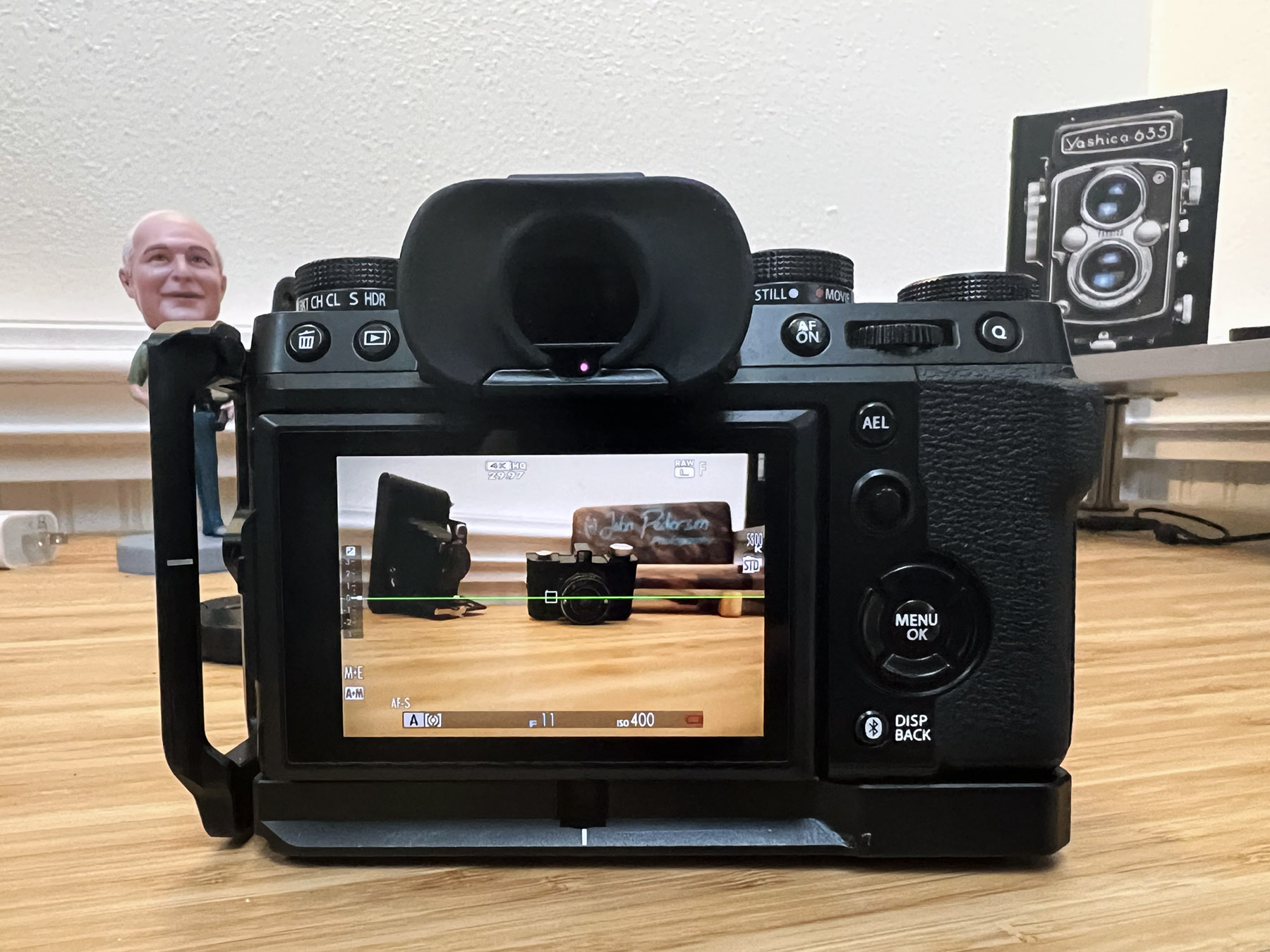
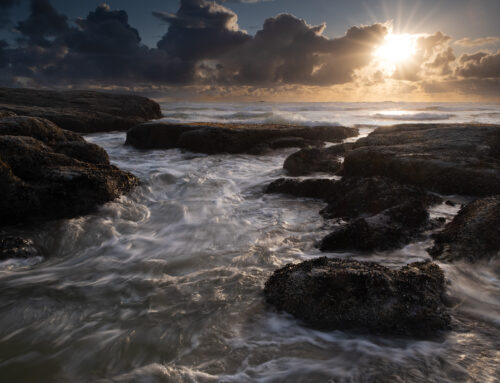

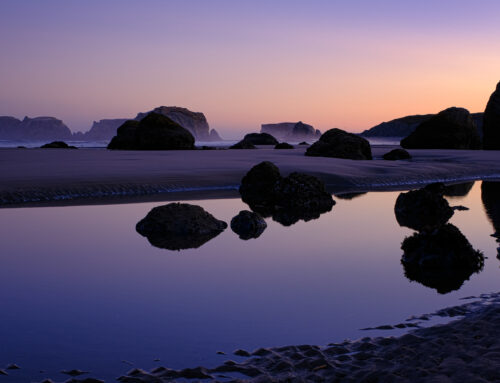
Leave A Comment